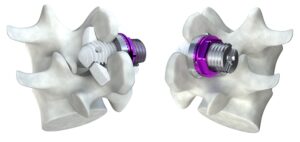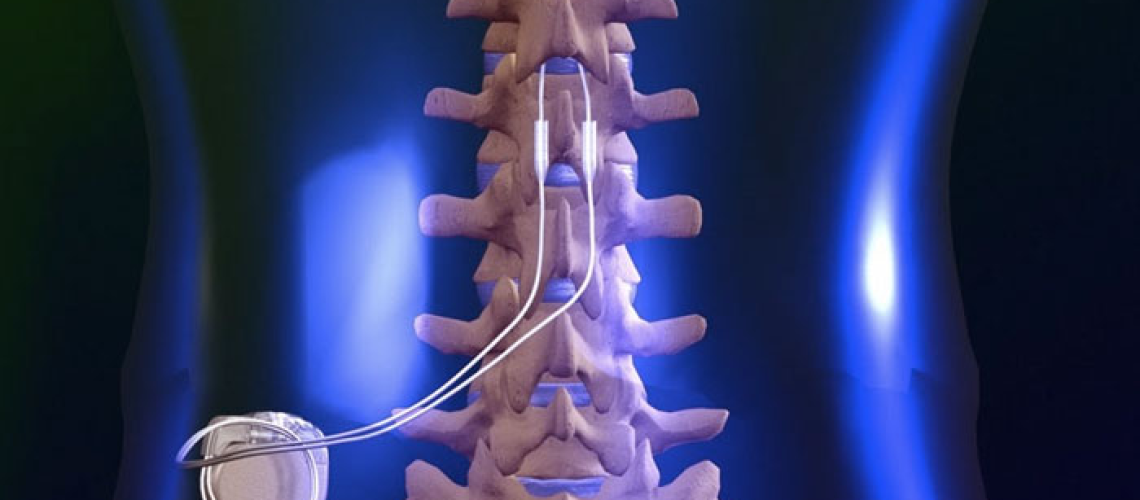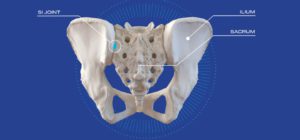
Minuteman (Minimally Invasive Spinal Fusion)
The Minuteman® is a minimally invasive, interspinous-interlaminar fusion device intended for the fixation and stabilization of the thoracic, lumbar, and sacral spine. Book a consultation


Home » Procedures » Spinal Cord Stimulator
A Spinal Cord Stimulator (also known as Dorsal Column Stimulator) is an implantable device that helps control back pain. It is sometimes considered the “pain pacemaker” for back pain. Dr. Roufaiel advances thin wires into your back that transmit low levels of electricity to decrease the pain.
It is mostly used when pain medicines and other non-surgical and surgical options have failed to provide a sufficient level of pain relief. Additionally, it is commonly used with other forms of pain management.
It consists of thin wires and a battery pack (appears like a pacemaker).
The thin wires are placed between the dorsal (back) side of your spinal cord and the vertebrae (bones of the spine) in an area called the epidural space. The battery (pacemaker-like) pack is placed initially on top of the skin during a trial period and if proven beneficial then it is placed under the skin near the buttocks or abdomen. Additionally, the patient has a remote control device that is outside the body.
The patient uses the remote control to send electrical signals to the device when they feel pain. It is thought that the mechanism of action of pain relief works by targeting several nerve and muscle groups from the spine and alter how the brain perceives the pain.
Several studies show an improvement in pain sensation. One study in particular mentioned that pain decreased significantly from about a baseline of 8-9 (out of 10) to 4-5 (out of 10) and a 70% improvement of pain relief for low back and leg pain with conventional Spinal Cord Stimulation.
Yes, many Spinal Cord Stimulator devices are currently FDA-approved.
The first of two surgical procedures involves a trial period. Dr. Roufaiel will fluoroscopy (special type of X-ray) to guide the thin wires in your back where you are experiencing the pain. He may ask you for your feedback as he tests out the device to know the best location to place the device. It will generally involved one small incision in your lower back. The battery pack will be placed outside your body. If after about a week of trial your pain level does not decrease by 50%, then the device can be removed in the clinic. However, if the pain is decreased by 50% then that is a considered a successful trial and a permanent device can be implanted during a second surgical procedure where the battery pack (pacemaker) will be placed below the skin near the buttocks and the trial wires are replaced with permanent wires. This is typically an outpatient procedure performed within a few hours.
Generally speaking, if the stimulator is turned off, then you can have X-rays and CT scans. MRI scans are generally not safe for those with stimulators. As devices are continuously improving, it is advised that you speak further with Dr. Roufaiel concerning this matter.
Yes, with your permanent device you can shower and swim. However, with your temporary device you should not get it wet.
Do you have more questions/concerns?
Contact Advanced Pain Management and Wellness Center!

The Minuteman® is a minimally invasive, interspinous-interlaminar fusion device intended for the fixation and stabilization of the thoracic, lumbar, and sacral spine. Book a consultation

With a safety profile similar to an epidural steroid injection, mild® restores space in the spinal canal to improve back and leg pain. Book a consultation with

It is a minimally invasive, outpatient procedure which targets your sacroiliac joint that is located near your lower back and buttocks. During the procedure, Dr.
Home » Procedures » Spinal Cord Stimulator
